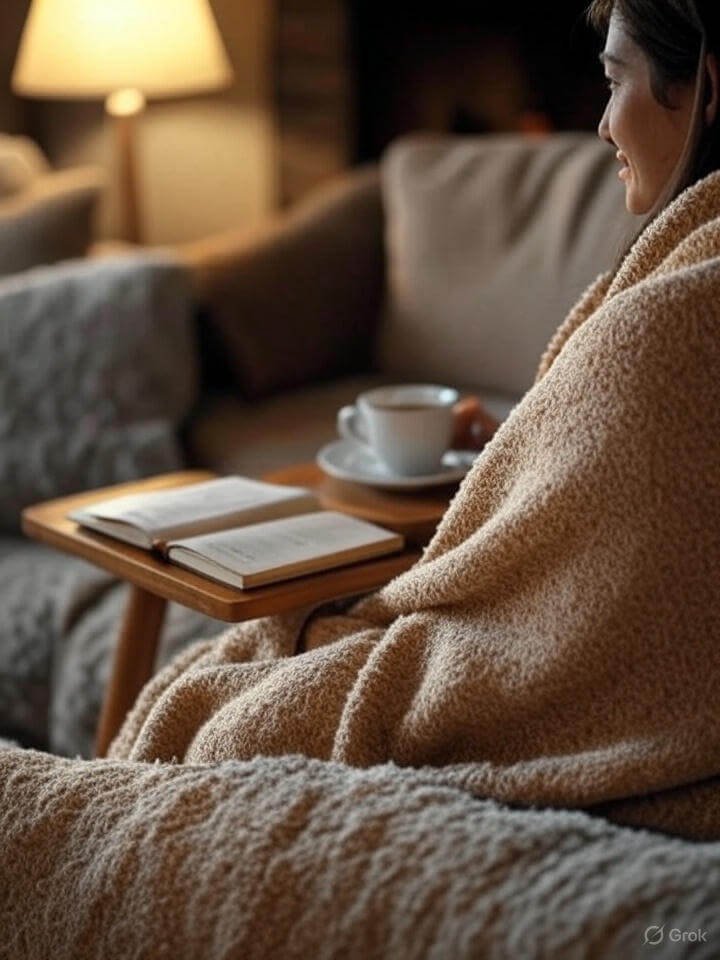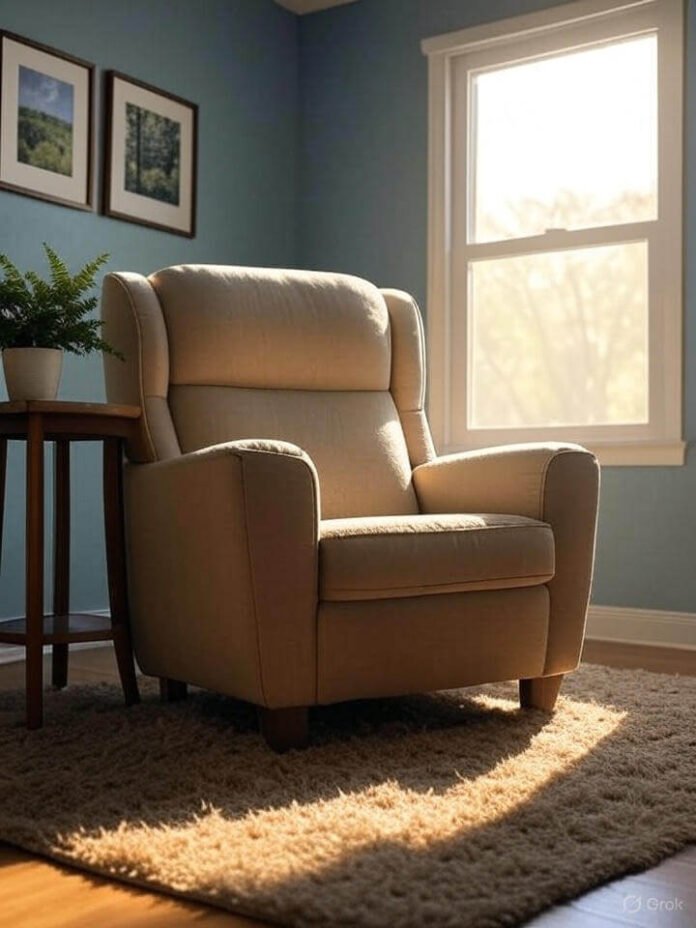Exploring mental health therapy…..So, picture me last year: I’m lying on my living room floor (not cute, cozy-laying, more like I-give-up-laying), staring at a ceiling fan that hasn’t worked properly since 2018, and thinking, “Wow, I am officially out of gas.”
I wasn’t even sad, exactly. Just… scrambled. Like someone shook my brain like a snow globe and forgot to let the flakes settle. And that’s when the thought hit me—maybe I should try therapy.
Not a “I’ll get to it someday” thought. A “girl, you are one meltdown away from crying at the DMV” kind of thought.
And if you’re reading this because you typed in something like “exploring mental health therapy”, I’m guessing you might’ve had your own ceiling fan moment. Or Target-aisle-meltdown moment. Or whatever your version of “I can’t keep running on fumes” looks like.
Why I Finally Decided to Try Therapy
First, a confession: I used to think therapy was only for “big problems.” Like, trauma with a capital T. I didn’t think burnout, low-key anxiety, or constantly feeling like I was three steps behind counted.
Spoiler: it counts.
My breaking point was hilariously small. I was in the grocery store staring at yogurts. Greek? Non-fat? Oat-based probiotic? I literally could not decide and almost cried. Over yogurt. That’s when I heard my own voice in my head:
“Okay… this is not normal. Or at least not sustainable.”
So I went home, Googled therapy apps, and signed up. No dramatic music, no Hallmark montage—just me, a messy bun, and a credit card.
Types of Mental Health Therapy (AKA, All the Flavors)

The wild thing I learned while exploring mental health therapy? There’s not just one “sit on a couch and talk about your childhood” option.
Here’s what I discovered—and actually tried or considered:
1. Cognitive Behavioral Therapy (CBT)
This is like the practical friend who tells you, “Okay, but what are we gonna do about it?”
- Focuses on spotting and flipping negative thought patterns.
- Example: I go from “I’m terrible at everything” to “Okay, I messed up that email, but I’m not a failure.”
- Best for: anxiety, overthinking, spiraling thoughts.
I used CBT when I couldn’t sleep because my brain wanted to replay every awkward conversation I’d had since 2009. 10/10 recommend.
2. Talk Therapy (Psychodynamic Therapy)
The classic. You talk, they nod, and then hit you with questions that make you go, “…huh.”
- Focuses on patterns and past experiences.
- Example: Me realizing my fear of disappointing people started in 3rd grade when I got a B in spelling.
- Best for: untangling emotional roots, if you like introspection.
It felt like emotional archaeology. Sometimes exhausting, but in a good “wow, I get myself better now” way.
3. Group Therapy
I didn’t expect to like this one. I pictured a sad circle of folding chairs. But actually? It felt like the internet’s “you’re not alone” comments… but in real life.
- You listen, share if you want, and suddenly you’re bonding over life’s chaos with strangers.
- Best for: feeling less isolated, learning from people who get it.
I once joked about crying over yogurt here and three people nodded like “same.” Healing.
4. Online Therapy & Apps
2025 life hack: therapy in sweatpants.
- Text, call, or video chat with a licensed therapist.
- No awkward waiting rooms, and you can ugly cry off-camera if needed.
- Best for: busy schedules, social anxiety, or living in a tiny town with two therapists and both are your neighbor’s cousin.
5. Creative or Nontraditional Therapies
This is where therapy gets fun. Art therapy, music therapy, movement therapy… basically, anything that lets you process feelings without just talking.
I once did a painting exercise that turned into a chaotic swirl of blue and yellow that honestly… looked like my brain.
- Best for: when words aren’t enough or your brain is creatively wired.
- (Internal link suggestion: Check out my blog on 30 Interesting Facts About Animals – fun read for stress relief!)
What Therapy Actually Did For Me
The short version: therapy didn’t “fix” my life. My ceiling fan still wobbles, and I still get overwhelmed. But here’s the shift:
- I notice my stress before it steamrolls me.
- I know which tools to grab when I feel a spiral coming.
- I give myself permission to feel things without immediately judging myself for them.
And the wildest benefit? I started laughing more. Like, therapy somehow gave me my sense of humor back because I wasn’t carrying emotional bricks 24/7.
Signs You Might Benefit from Therapy (AKA, My Checklist in Hindsight)
- You cry at commercials. A lot.
- Texting people back feels like climbing a mountain.
- You’ve Googled “am I burnt out or lazy?”
- You lie on the floor and stare at ceiling fans.
If any of these made you go “oh no, that’s me,” therapy is probably worth exploring.
The Awkward First Session (and Why It’s Fine)
Let’s be honest, the first session is weird.
You log in (or walk in), some friendly person asks, “So, what brings you here?” and your brain goes, “Uh… everything?”
I rambled about my cat, work emails, and TikTok doomscrolling for like 15 minutes before touching the real stuff. And that’s fine. Therapists are used to the warm-up dance.
By session three, I was spilling my actual fears without cringing.
Therapy is Like a Mental Gym
Here’s how I think of it now: therapy is a mental gym.
- The first session is like the first workout—awkward and a little sore.
- Over time, your “emotional muscles” get stronger.
- You can lift heavier feelings without breaking down.
And just like a gym, having a trainer (therapist) makes all the difference.
If You’ve Been Waiting, Here’s Your Nudge: exploring mental health therapy
If you’ve been quietly wondering if therapy might help—take this as your sign. You don’t have to wait for a dramatic breakdown or a life crisis.
I used to think asking for help made me weak. Now I think not asking would’ve been the real mistake.
Text a friend, Google local therapists, or try an app tonight. Future-you will want to high-five current-you for starting.
(Optional Outbound Link: NAMI Mental Health Resources)
Outbound Links Added:
































